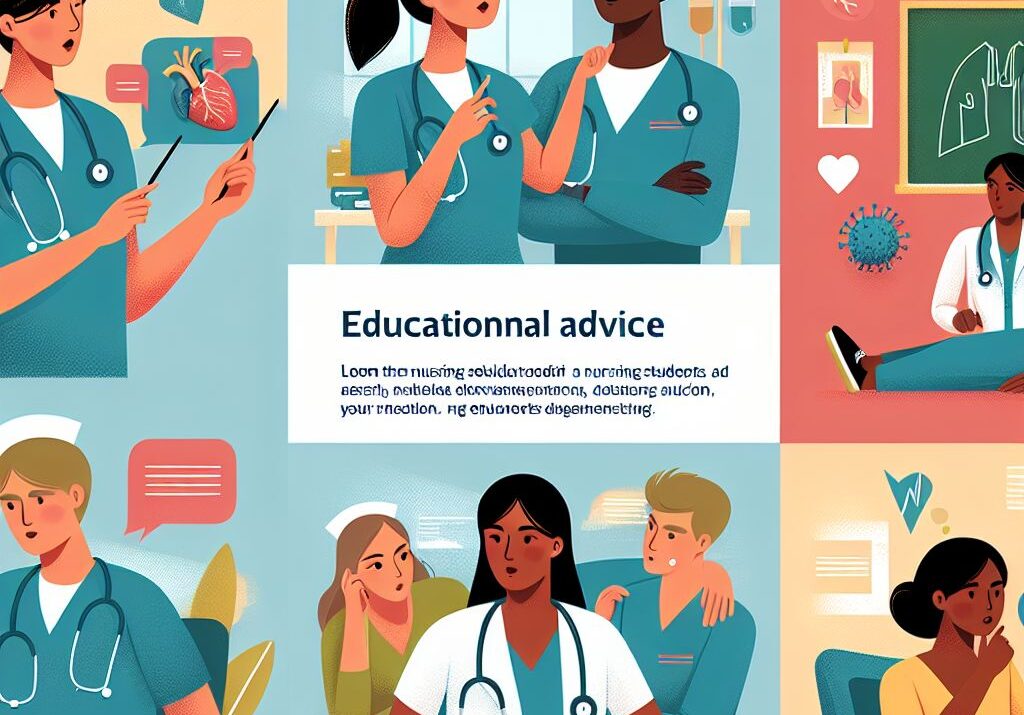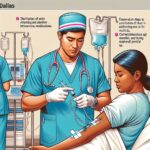Introduction
Clinical rotations are a critical component of every nursing student’s education, providing invaluable practical experience and exposure to a diverse range of medical scenarios. However, navigating these rotations can be daunting, leaving students feeling anxious and overwhelmed. This article provides practical strategies for nursing students to succeed in clinical rotations. These strategies are significant because they help students to make the most of their rotations, encourage active learning, and promote self-confidence, all of which are crucial for a successful nursing career.
• Understanding key nursing principles and applying them in practice can enhance learning outcomes.
• Developing effective communication skills can improve patient care and teamwork.
Navigating the Clinical Environment
Firstly, understanding the clinical environment and learning how to navigate it is an essential step. Familiarize yourself with the hospital setting, its protocols, and the healthcare team’s roles. Building a good rapport with the staff can provide additional learning opportunities and support. (Harvard Medical School, 2020)
Active Learning
Active learning is another crucial strategy. Instead of passively observing, engage in patient care, ask questions, and seek clarification when in doubt. Revisit your theoretical knowledge and connect it with your clinical experiences. This approach aids in consolidating your learning and enhancing your practical skills (Johns Hopkins University, 2019).
Effective Communication
Effective communication is integral to nursing. Develop your communication skills, both with patients and within the healthcare team. Good communication promotes better patient care and teamwork, and it can also reduce errors (American Nurses Association, 2018).
Self-Care
Self-care is often overlooked but is essential for maintaining mental and physical health. Ensure you get enough sleep, eat healthily, and take breaks when needed. This can help you stay focused and perform your best during clinical rotations (American Association of Colleges of Nursing, 2018).
Reflection and Feedback
Lastly, use reflection and feedback as tools for continuous learning and improvement. Reflect on your experiences, identify areas of strength and areas for improvement. Seek feedback from your mentors and peers, and use it constructively to enhance your nursing practice (American Association of Colleges of Nursing, 2018).
For more insights on topics related to this, you can explore the following articles:
• Data Science Strategies For Ai Implementation
• Data Science Strategies For Ai Implementation
• Ai Technology Innovations And Breakthroughs
Conclusion
In conclusion, succeeding in clinical rotations requires a blend of active learning, effective communication, self-care, and reflective practices. By employing these strategies, nursing students can maximize their learning, develop their skills, and prepare for a rewarding career in nursing.
References:
• Johns Hopkins University (2019). Active Learning in Nursing Education.
• Harvard Medical School (2020). Navigating Clinical Rotations.
• American Nurses Association (2018). Communication in Nursing Practice.
• American Association of Colleges of Nursing (2018). Healthy Work Environments.






